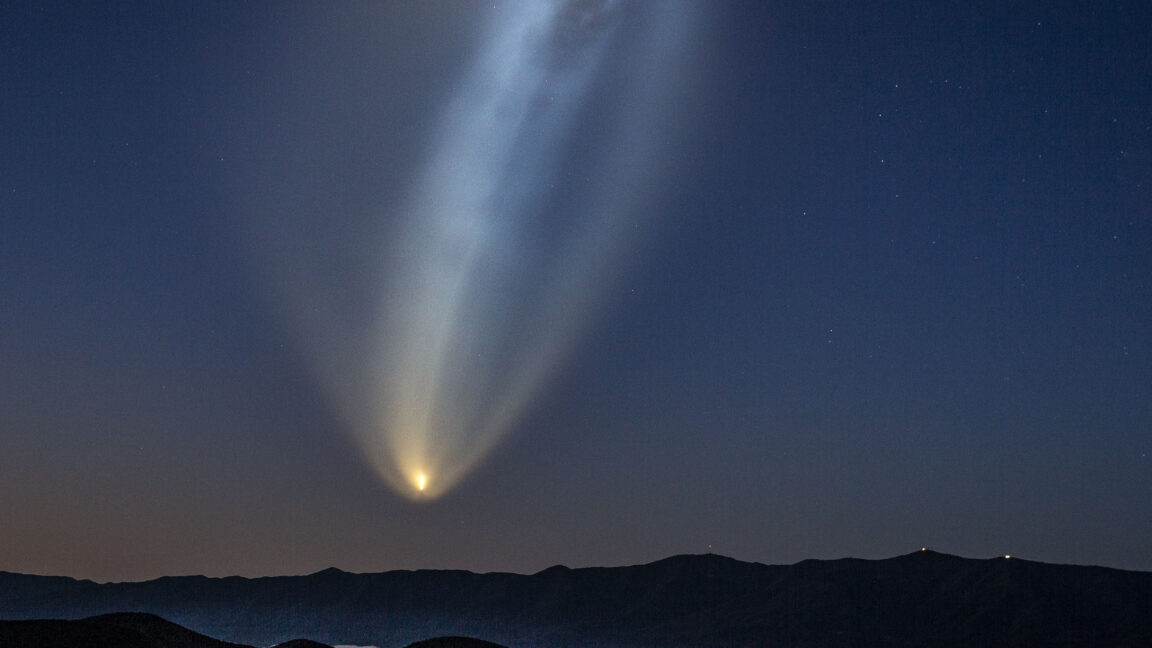
"SLC-6, cocooned by hills on three sides and flanked by the ocean to the west, is no stranger to big rockets. It was first developed for the Air Force's Manned Orbiting Laboratory program in the 1960s, when the military wanted to put a mini-space station into orbit for astronauts to spy on the Soviet Union. Crews readied the complex to launch military astronauts on top of Titan rockets, but the Pentagon canceled the program in 1969 before anything actually launched from SLC-6."
"NASA and the Air Force then modified SLC-6 to launch space shuttles. The space shuttle Enterprise was stacked vertically at SLC-6 for fit checks in 1985, but the Air Force abandoned the Vandenberg-based shuttle program after the Challenger accident in 1986. The launch facility sat mostly dormant for nearly two decades until Boeing, and then United Launch Alliance, took over SLC-6 and began launching Delta IV rockets there in 2006."
"ULA launched its last Delta IV Heavy rocket from California in 2022, leaving the future of SLC-6 in question. ULA's new rocket, the Vulcan, will launch from a different pad at Vandenberg. Space Force officials selected SpaceX in 2023 to take over the pad and prepare it to launch the Falcon Heavy, which has the lift capacity to carry the military's most massive satellites into orbit."
SpaceX received authorization to redevelop Space Launch Complex 6 (SLC-6) at Vandenberg to support Falcon 9 and Falcon Heavy missions. SpaceX plans to demolish unneeded SLC-6 structures and construct two new landing pads for Falcon boosters on a bluff overlooking the Pacific just south of the pad. SpaceX currently operates from SLC-4E, which is not configured for Falcon Heavy. SLC-6 has a long history: developed for the Manned Orbiting Laboratory, modified for space shuttles, later used for Delta IV launches, and selected by the Space Force in 2023 for Falcon Heavy operations.
Read at Ars Technica
Unable to calculate read time
Collection
[
|
...
]